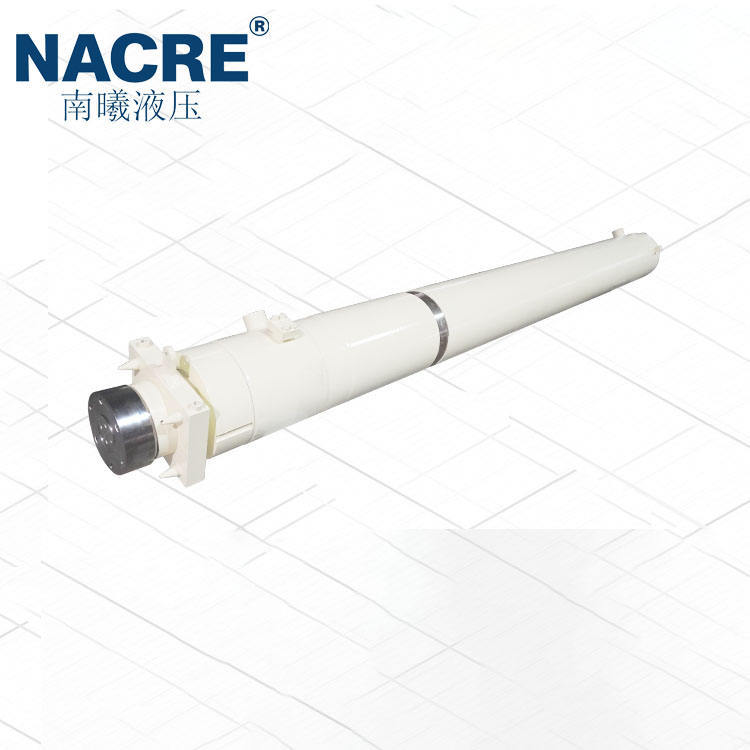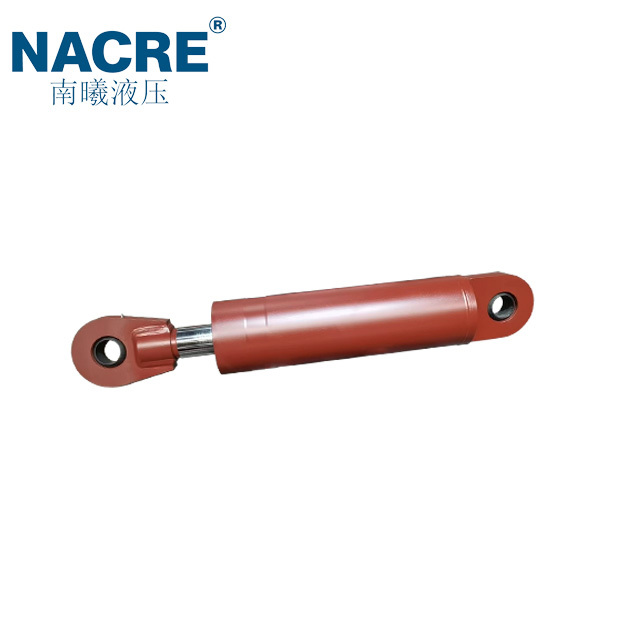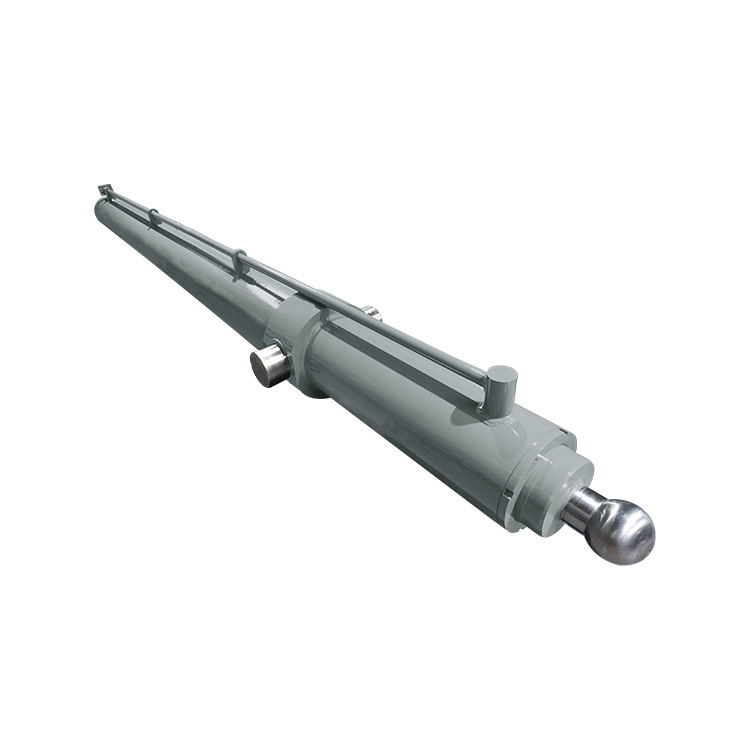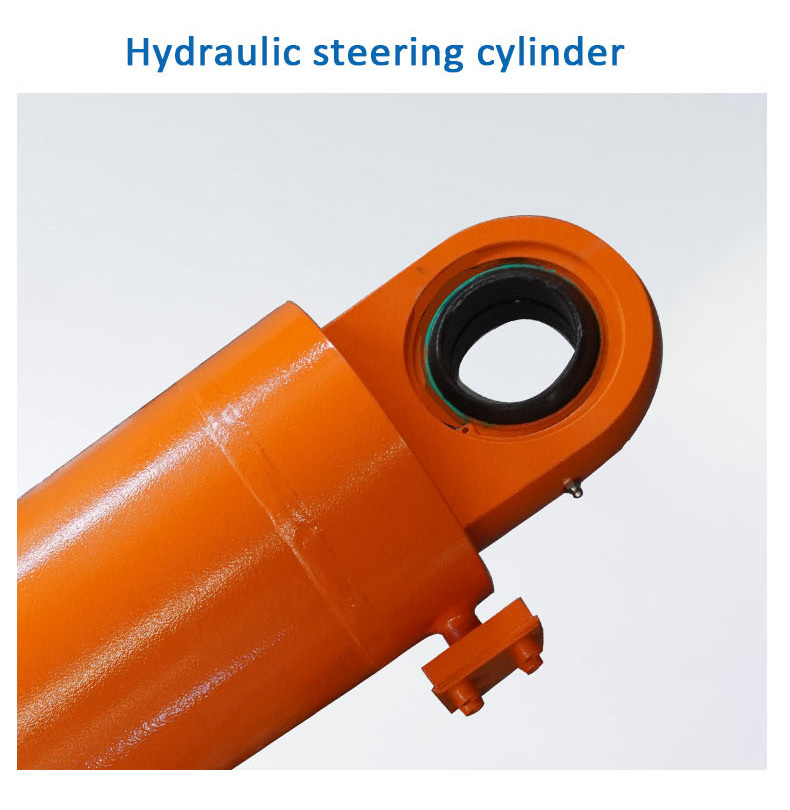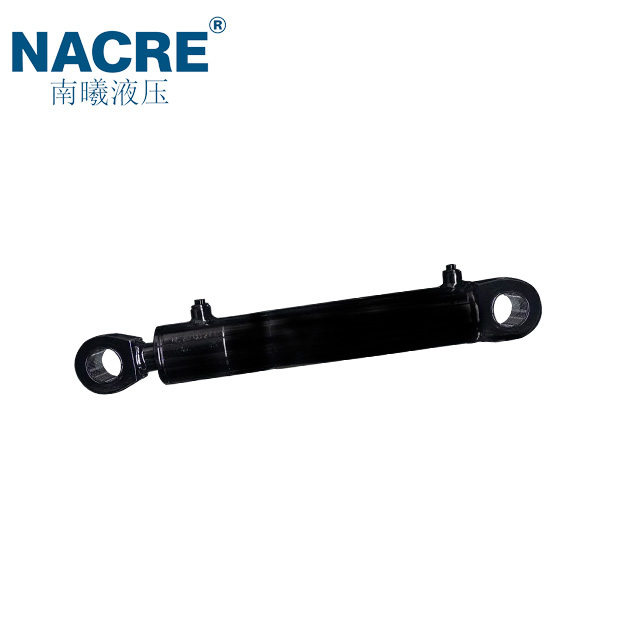The Evolution of Excavator Cylinders: Past, Present, and Future
2025-07-12
The Evolution of Excavator Cylinders: Past, Present, and Future
Table of Contents
- Introduction to Excavator Cylinders
- Historical Development of Excavator Cylinders
- Current Trends in Excavator Cylinder Design
- Technological Innovations Influencing Excavator Cylinders
- Sustainability in Excavator Cylinder Manufacturing
- The Future of Excavator Cylinders: What Lies Ahead
- Conclusion
- FAQs About Excavator Cylinders
Introduction to Excavator Cylinders
Excavator cylinders are vital components in construction machinery, responsible for converting hydraulic energy into mechanical force. They facilitate movement and control of various parts of the excavator, such as the boom, stick, and bucket. Understanding the evolution of these cylinders not only sheds light on the technological advancements in the industry but also helps in appreciating their role in enhancing productivity and performance on job sites.
Historical Development of Excavator Cylinders
The journey of excavator cylinders dates back to the early 19th century when the first steam-powered excavators emerged. These initial designs utilized simple hydraulic mechanisms, primarily to lift and lower heavy loads. As technology progressed, so did the complexity and efficiency of hydraulic systems.
Early Innovations
The introduction of hydraulic systems revolutionized excavation equipment. Early cylinders were often made from cast iron, which was both heavy and prone to corrosion. The need for lightweight and durable materials drove innovation in cylinder design. By the mid-20th century, manufacturers began using high-strength steel and aluminum alloys, improving the strength-to-weight ratio significantly.
Advancements in Cylinder Design
Throughout the 1970s and 1980s, the design of excavator cylinders became more sophisticated. Engineers focused on optimizing the geometry of the cylinders to enhance performance. This period saw the introduction of double-acting cylinders, which allowed for greater versatility and control. The addition of advanced sealing technologies also reduced hydraulic fluid leakage, increasing efficiency and reducing maintenance costs.
Current Trends in Excavator Cylinder Design
Today, excavator cylinders continue to evolve, reflecting the demands of modern construction practices. Current trends emphasize the need for enhanced performance, reliability, and sustainability.
Smart Technology Integration
The integration of smart technology into excavator cylinders is one of the most significant trends. Sensors and IoT capabilities are increasingly being incorporated, allowing for real-time monitoring of cylinder performance. This data-driven approach enables operators to predict maintenance needs and optimize operation, resulting in less downtime and increased productivity.
Enhanced Durability and Performance
Manufacturers are focusing on creating cylinders that can withstand harsher working conditions. Innovations in material science have led to the development of composite materials that are lighter yet stronger. These advancements allow for more efficient fuel consumption and improved overall performance of excavators.
Technological Innovations Influencing Excavator Cylinders
Technological advancements have significantly influenced the design and functionality of excavator cylinders. Key innovations include:
Hydraulic Fluid Technology
The evolution of hydraulic fluids has played a crucial role in enhancing cylinder performance. Modern hydraulic fluids offer better lubrication properties, increased resistance to temperature changes, and reduced environmental impact. This advancement prolongs the life of excavator cylinders and enhances their efficiency.
3D Printing and Customization
The advent of 3D printing technology is transforming how excavator cylinders are manufactured. Custom parts can now be produced with greater precision and speed, allowing for tailored solutions that fit specific machinery needs. This customization reduces waste and improves the overall lifecycle of excavator components.
Sustainability in Excavator Cylinder Manufacturing
As industries across the globe seek to reduce their environmental footprint, excavator cylinder manufacturing is no exception. Sustainable practices are increasingly being adopted to ensure that the production process is eco-friendly.
Recycling and Reusing Materials
Many manufacturers are now implementing recycling programs for old cylinders and components. This not only reduces waste but also lowers the demand for virgin materials. Additionally, using recycled materials in new cylinder production is becoming a standard practice.
Energy-Efficient Manufacturing Processes
Improvements in manufacturing processes have led to reduced energy consumption. Techniques like precision machining minimize waste and energy usage, making the overall production process more sustainable. These practices align with global efforts to promote eco-friendly manufacturing in the construction sector.
The Future of Excavator Cylinders: What Lies Ahead
The future of excavator cylinders promises exciting developments, driven by ongoing technological advancements and the need for greater efficiency.
Autonomous Excavation
As the construction industry moves toward automation, excavator cylinders will play a crucial role in autonomous machines. Future designs will likely include advanced control systems that allow for fully automated operation, increasing safety and efficiency on job sites.
Further Innovations in Materials
Research into new materials will continue to be a key focus, with an emphasis on creating even lighter and stronger components. The development of nanomaterials and advanced alloys will likely revolutionize cylinder design, allowing for greater performance and longevity.
Conclusion
The evolution of excavator cylinders reflects the broader trends of innovation and technological advancement in the construction industry. From their early beginnings to the sophisticated designs of today, these components have undergone significant transformations to meet the demands of modern construction. As we look to the future, the integration of smart technology, sustainable practices, and advanced materials will undoubtedly shape the next generation of excavator cylinders, redefining efficiency and performance on job sites.
FAQs About Excavator Cylinders
1. What are excavator cylinders used for?
Excavator cylinders are crucial for controlling the movement of various parts of the excavator, including the boom, stick, and bucket. They convert hydraulic energy into mechanical force, enabling precise operations.
2. How do hydraulic excavator cylinders work?
Hydraulic excavator cylinders work by using hydraulic fluid under pressure to create movement. When hydraulic fluid is pumped into the cylinder, it pushes a piston, which translates the hydraulic pressure into linear motion.
3. What materials are used in excavator cylinder construction?
Excavator cylinders are typically made from high-strength steel, aluminum alloys, and advanced composite materials that offer durability and lightweight characteristics.
4. How often do excavator cylinders need maintenance?
Regular maintenance of excavator cylinders is essential for optimal performance. It is advisable to conduct inspections at least once every few months, while more frequent checks may be necessary in harsher working conditions.
5. What are the signs of a failing excavator cylinder?
Common signs of a failing excavator cylinder include oil leaks, slow or erratic movement, and excessive noise during operation. If any of these symptoms are observed, it is crucial to conduct a thorough inspection and address the issue promptly.
Previous Page
Previous Page
Questions?
We are here to help.



